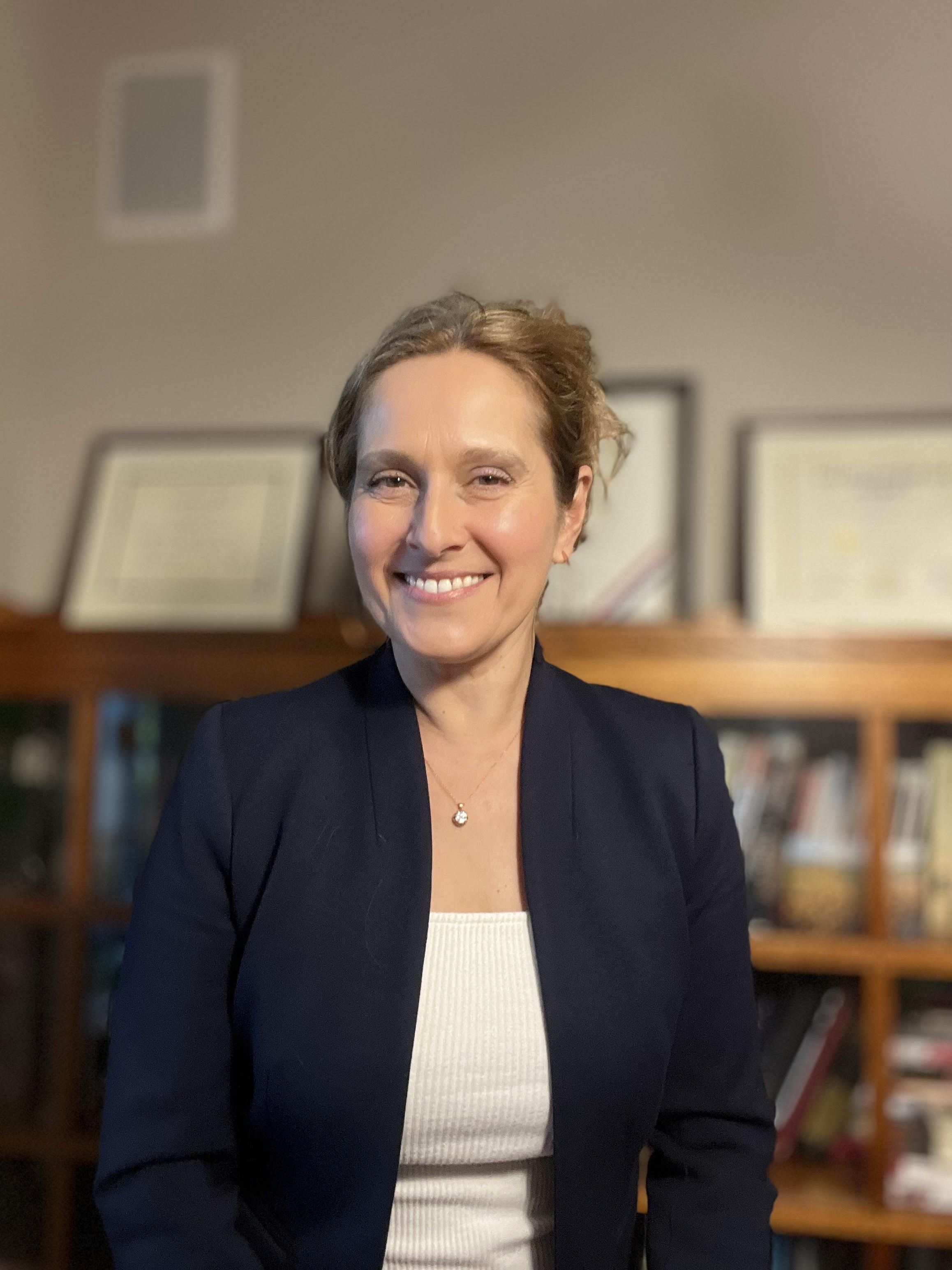Article
Primary care plays key role in COPD early diagnosis, coordinated care
Primary care physicians should not underestimate their role in the diagnosis and treatment of patients with chronic obstructive pulmonary disease.
Early diagnosis and coordinated care from primary care physicians is essential for the management of one of the most common conditions they see regularly – chronic obstructive pulmonary disease.
Most patients with chronic obstructive pulmonary disease (COPD) in the U.S. receive care from family physicians, internists or general practitioners. The role of the primary care physician is to diagnose the disease as early as possible and then to manage and coordinate care.
“Primary care physicians need to remember that COPD is not just a disease of old men. The demographics have shifted, with an increasing number of young women being diagnosed who also need spirometry,” MeiLan Han MD, associate professor in the Division of Pulmonary and Critical Care at the University of Michigan and spokesperson for the American Lung Association tells Medical Economics.
Both medications and non-pharmacological interventions can help COPD patients.
“Clearly, medications can improve symptoms and exercise tolerance,” Han says. “We also know that smoking cessation can slow the decline in lung function. Keeping patients physically active through programs like pulmonary rehabilitation is also incredibly important.”
COPD is frequently misdiagnosed or underdiagnosed by primary care physicians due to both physician-related and patient-related factors.
“There is significant underutilization of spirometry-only one-third of patients who receive a COPD diagnosis have had spirometry,” says Han. Barriers to diagnosis include time limitations, failure to probe at-risk patients about symptoms and activity levels, lack of good case-finding methods and limited expertise to interpret spirometry results.
Next: Assessment guidelines
Assessment of COPD, according to the Global Initiative for Chronic Obstructive Lung Disease (GOLD) guidelines, should include symptoms, degree of airflow limitation using spirometry, risk of exacerbations and comorbidities.
The diagnosis of COPD most often occurs when patients present with frequent episodes of bronchitis or bad colds that might be COPD exacerbations. A substantial proportion of patients with COPD remain undiagnosed until an exacerbation puts them in the hospital.
Patients and families often do not report symptoms of cough, dyspnea and decreasing functional status, assuming that the symptoms are “normal smoker’s cough” or a result of aging, obesity or being physically unfit. Primary care providers often fail to ask specific questions about symptoms, functional status or changes in ability to do activities of daily living. Patients may also automatically reduce activity levels to manage symptoms.
“A golfer who is short of breath may take a cart instead of walking the course, but when asked if they are short of breath, the answer may still be no. This is why it is important to also assess functional status” says Han.
By the time a diagnosis is made, the average loss of lung function is 40% to 50% of predicted FEV1 (moderate to severe COPD) and usual activities are considerably restricted. The definition of COPD is based on a combination of symptoms, exposure to risk factors and abnormal spirometry with confirmed obstruction. However, COPD continues to be diagnosed without confirmation by spirometry.
Once COPD has been diagnosed, management should include both pharmacological and non-pharmacological therapies. “The core of management is bronchodilator therapy. The goal is to improve symptoms and prevent exacerbations,” said Han, also adding that vaccinations for influenza and pneumococcus are also important. Non-pharmacological therapy includes pulmonary rehabilitation and smoking cessation, if indicated.
The primary care physician has a huge task, being responsible for management of COPD and all comorbidities, often within short office visits. COPD may receive less attention than other chronic conditions such as heart disease or diabetes due to a lack of standardized performance measures. The essential element of management is coordinated care that includes good communication between health professionals, patients and caregivers to provide COPD patients with the best treatment possible.





